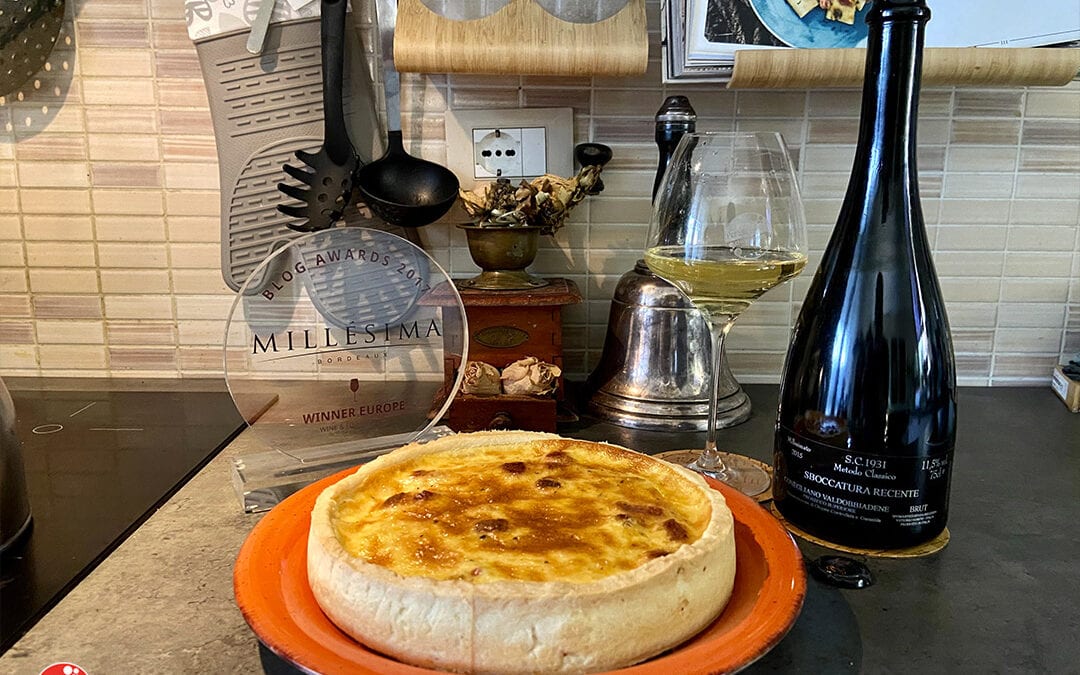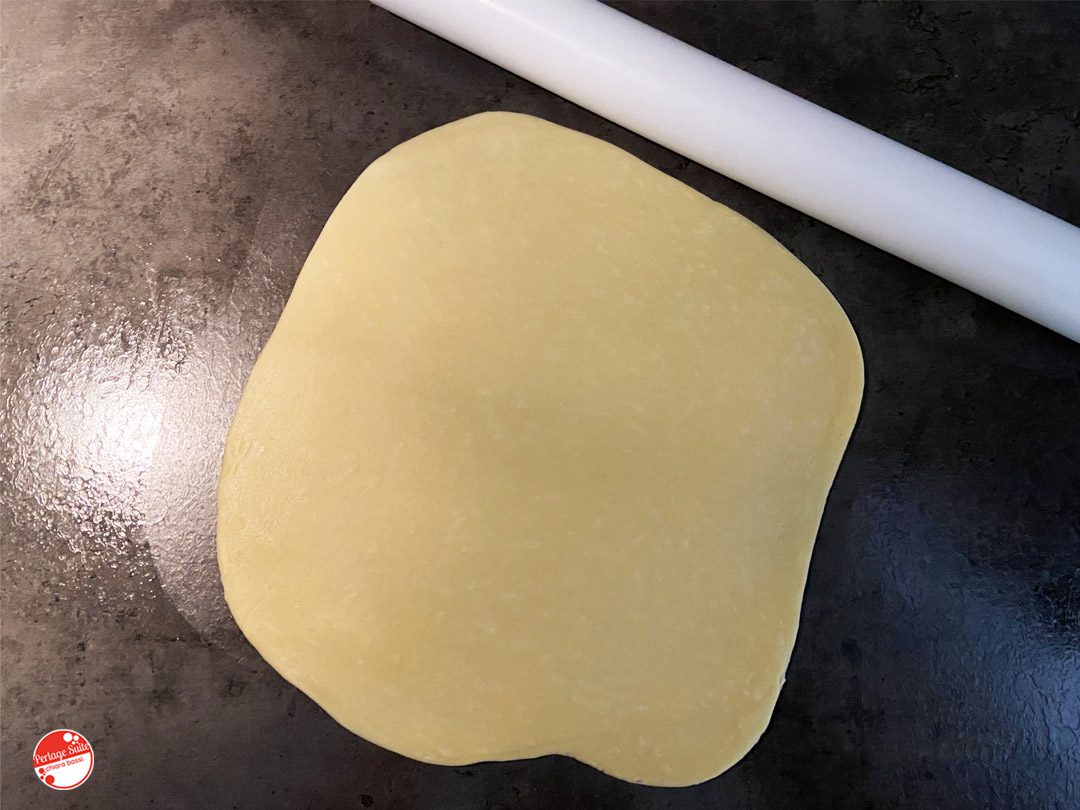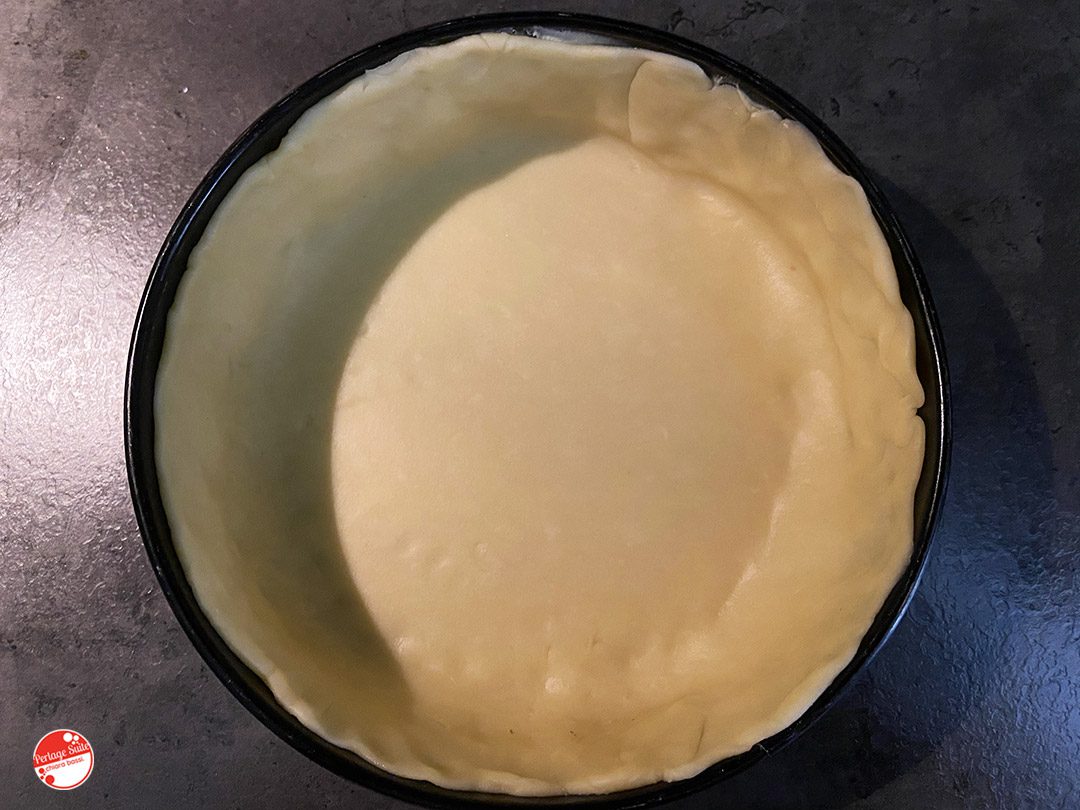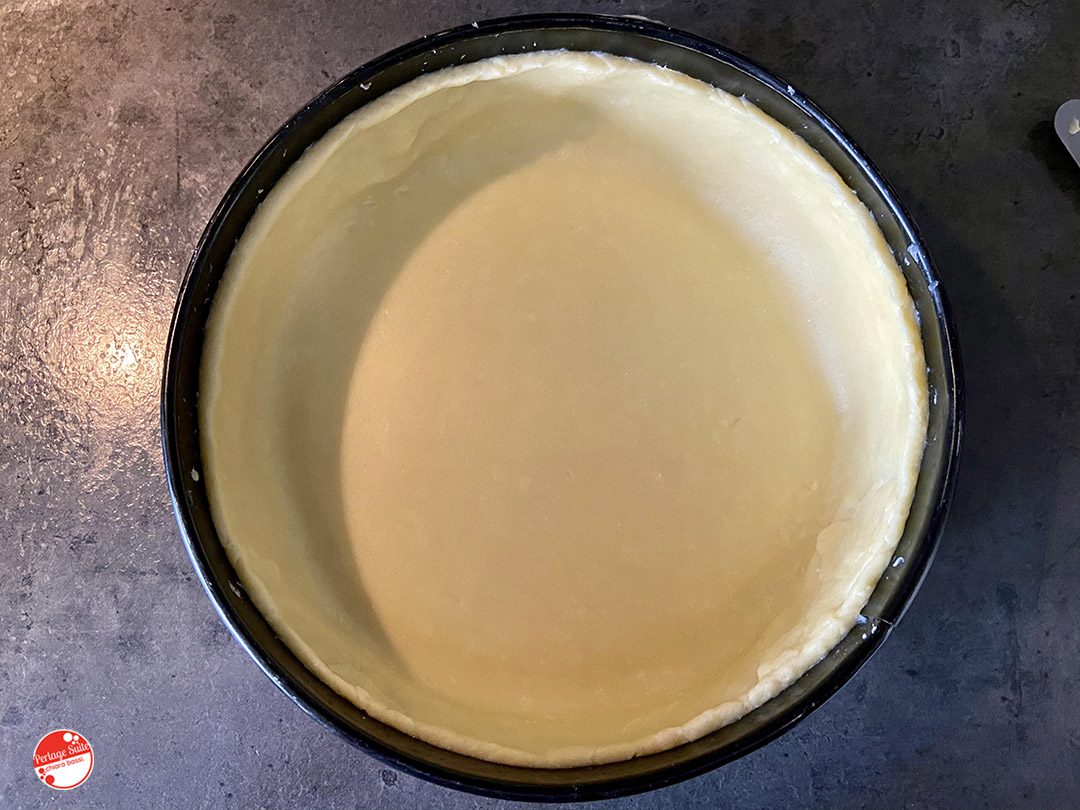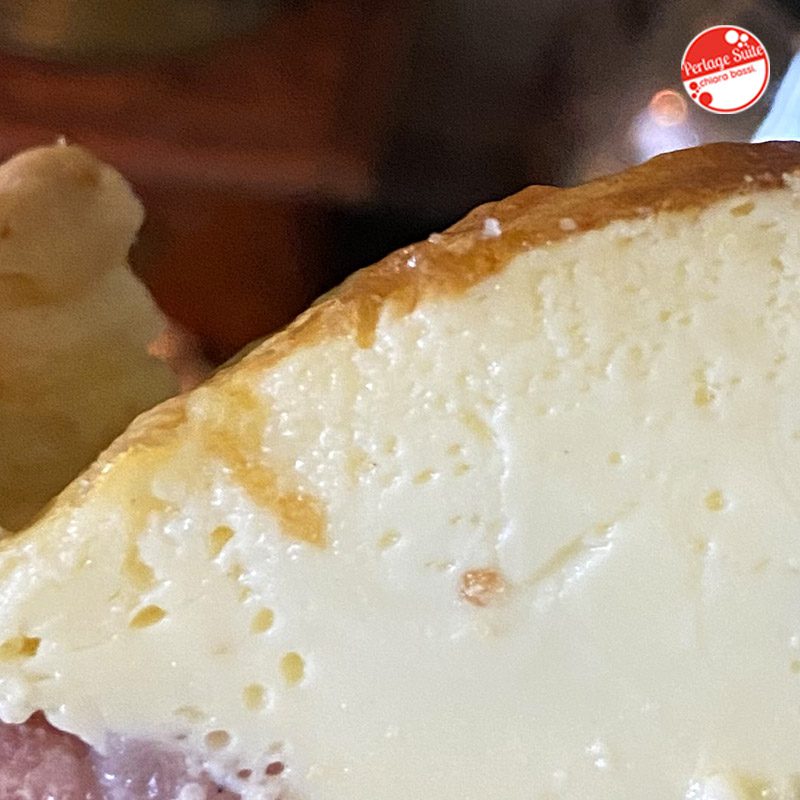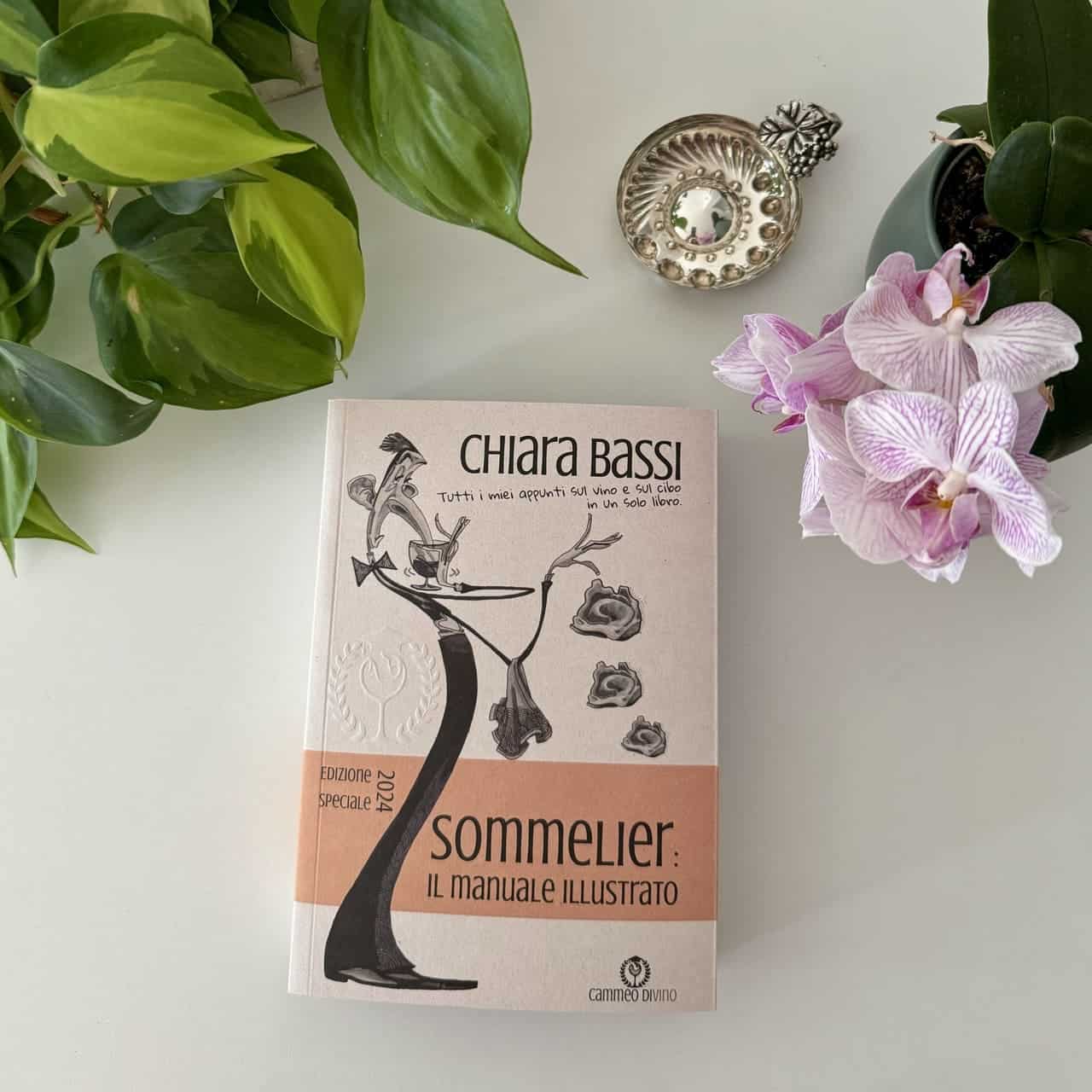Yesterday I did theHistory of Enogastronomy exam and I took 30 cum laude! I also studied a lot because it is my favourite subject and the course - taught by the good Francesca Romana Barberini (Professor of History of Enogastronomy - it was beautiful, with extraordinary speakers such as Alex Ravelli Sorlini (Professor of Gastrosofia - with him in particular I 'fell madly in love'), Lydia Capasso (gastronomic journalist, remember her the recipe for Turin breadsticks which I took from his book The Aristopiatti?) e Davide Cassi - professor of the Physics of Matter and world reference in Molecular Cuisine. Given that yesterday was Thursday, I preferred to postpone the celebrations until tonight so that we don't have to get up at dawn tomorrow morning. Or rather, we are relying on the sun to at least take a walk in our beautiful little island, since we have been swinging from the red zone to the orange zone for a long time... and on Sunday we will be back in the red zone (what a pain, what a pain, what a pain! Here in Lombardy, we can't take it anymore...). Anyway, I decided to celebrate by preparing a dish that I am very fond of because it reminds me of a very beautiful moment in France and to pair it with a Bellenda's sparkling wine, an SC 1931 Prosecco Superiore 2015 that I put aside a couple of years ago!
Do you know how this recipe came about? It was 6 April 2017, I was in France in the beautiful Château Pichon Baron and it was about 9 a.m. When I won the Millésima Blog Awards as Europe's best blogger in the food and wine pairing category I stayed in this wonderful château for a week and used it as a base to discover the most beautiful chateaus in the Bordeaux region. Every morning I had breakfast in this splendid hall and there was a lady who prepared a delicious breakfast for us. I always had the usual syncretist breakfast: cappuccino and brioche. But there was a really tempting cake looking at me... so on the last day I decided to taste it. It was as creamy as puddingnothing resembling those salted egg omelette-style pies in circulation. I asked the lady what it was, and she replied "Quiche Lorraine!". I then asked her what was in the filling! Imagine my astonishment when she told me just bacon, fresh cream, eggs and nutmeg! In fact, it was perfect to replace the classic international breakfast of eggs and bacon! Let's say it was the refined version!
Apart from my own recipe for brisé pastry, the filling is the one suggested to me by that very kind lady in the castle whose name I cannot remember. The original recipe for Quiche Lorraine does not include cheese and I suggest you propose it exactly like this because it is really, really perfect.
Ingredients (for a baking tin about 22 cm in diameter)
For the brisé pastry:
- 200g of 00 flour
- 100g butter from chilled centrifuged cream
- 50g cold water
- 5g fine salt
For the filling:
- 400 ml fresh cream
- 4 whole eggs
- 250 g rolled bacon
- salt, pepper and nutmeg to taste
Quiche Loraine: the perfect procedure in just 6 steps
Step 1: the brisé dough
If you use the planetary. In the bowl of the planetary mixer pour the flour, butter cut into cubes, water and salt. Knead with the dough hook at medium speed until a smooth dough is obtained (about 5 minutes). Check that the ingredients are actually mixing, if not stop the machine and help it with a fork, then switch it back on. Whether you use the blender or by hand. Put the butter and flour in the bowl and knead with your hands until you get a crumbly dough. Add the water and salt and knead until a smooth dough is obtained. If you weigh the ingredients well, the dough will be perfect and not sticky.
Make a smooth ball and put it in a freezer bag and seal it, then put it in the highest shelf for at least 30 minutes (1 hour is better). Note: of course you can use foil to wrap it, but I find it much more practical to put it in a nice bag and close it with a clothes peg!
Step 2: Bacon
Bacon is indeed a key ingredient so choose a good, homemade one in one thick slice that you cut into large cubes. Heat a non-stick frying pan and brown it well without drying it out. Keep the fat aside: you will use it to grease the mould very well in a moment.
Step 4: the pastry
Take the dough out of the fridge. Pour a drop of extra virgin olive oil on the work surface and spread it with a paper towel greasing the surface. With a rolling pin (preferably silicone, which is more hygienic) roll out the puff pastry until it is about the thickness of a 2€ coin (or a little more). Grease the hinge mould well using bacon grease.
Lay the dough centred on the mould, then shape the edges until you get a result like the one in the photo.
Then try to make them more homogeneous by removing the excess dough about a couple of cm from the edge with a spatula until you get a result like the one in the photo.
Step 5: Cooking or freezing the dough
Case 1. Bake in a static oven preheated to 220°C for 8 to 10 minutes on the lowest shelf of the oven. Take out the base and spread the browned bacon all over. This step is to prevent the base of the Quiche Lorraine from being moist, although this is only the second worst defect of this cake: the first is the 'omelette effect'! To bake the base properly without it swelling, I recommend you put the reusable ceramic balls (I bought these on Amazon).
Case 2. If you don't have ceramic balls or don't want to buy them, but have time, here's a trick for you! You can line the dough and put it in the freezer for at least 1 hour, but it's even better the day before. This way not only will the brisé pastry become even crisper when you put it in the oven, but it won't be damp (or it will be almost imperceptibly damp only in the centre of the base). I often do it this way because for me the result is excellent anyway (and also because this way I keep a base ready in the freezer to be filled if needed)!
Step 6: Baking and demoulding
Turn the oven down to 180°C. As soon as the oven is at temperature pour in the cream and egg mixture and place the cake in the middle. Let it bake for 30/35 minutes (depends on the oven, in mine 35 minutes). The edge should be golden, but the centre should shake a little (not too much). If the Quiche Lorraine does not shake, it has the worst of all faults: the omelette effect! You see some of them in pictures on the internet that really give you goose bumps. Take a look in this detail photo at what the inside should look like. See how creamy it looks like pudding?
Remove from the oven and run a spatula or knife around the entire edge and also under the base to check that it is well detached, then open the hinge of the mould. Wait a few minutes before cutting.
This cake is especially good warm, you can warm it up by keeping it a few minutes in the oven (static at 180°C) on the lowest shelf (this is a super trick) before serving.
Advice and conservation
To make this cake with these doses, use a 22 cm hinged mould (I have this for many years with which I have been very happy). If you really don't have one and don't want to buy it, a 20 cm mould will do, but I would advise against using larger diameters without changing the doses.
This cake will keep in the fridge for 2/3 days (not at home). You can reheat it in a static oven preheated to 180°C (or ventilated to 150°C) for about 10 minutes before serving.
Every year at Christmas Umberto Cosmo of Bellenda he sends me some goodies... and before I tell you about the wonderful one I received this year, I want to tell you about the one he sent me a couple of years ago! SC 1931 Conegliano Valdobbiadene Prosecco Superiore 2015 classic methodfrom a recent disgorgement that I have let sit until today. A very good choice because it really is a bomb!
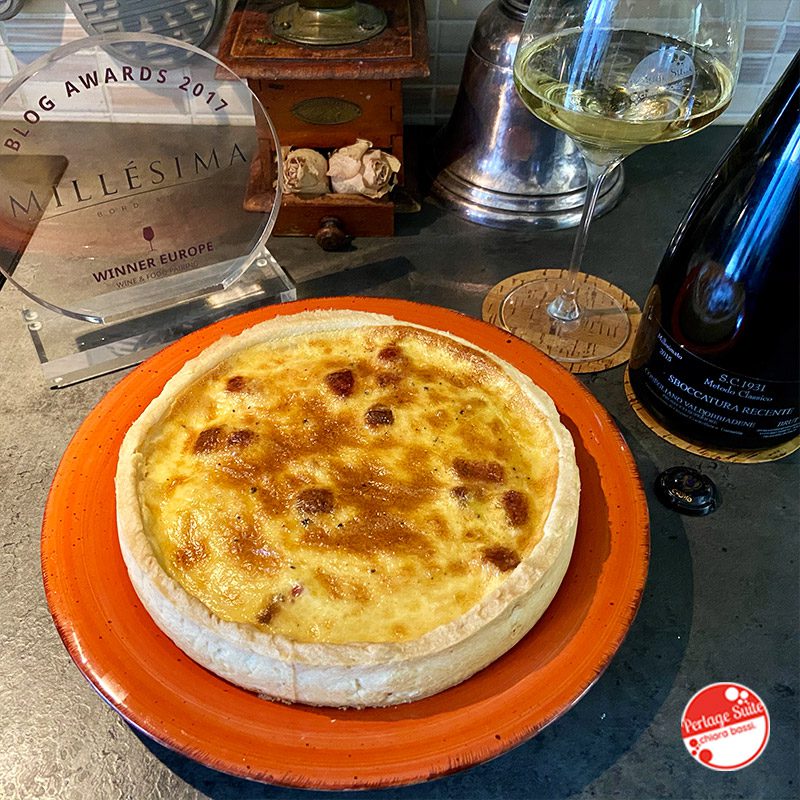
Given that the Quiche Lorraine is a balance between the sweet tendency of the yolk and the savouriness of the bacon enhanced by the acidity of the cream with a common hymn to the fatness of all the ingredients, from the brisé dough to the cream, from the egg to the bacon, its perfect match is a classic method bubbly.
A classic method bubble because its scents are able to perfectly match those of Quiche Lorraine, while the very fine bubbles, as in this sC 1931, degrease and cleanse the mouth to perfection. It is an intense straw yellow with bright golden hues and a fine, numerous and persistent perlage. The nose smells just like biscuit pastry, and butter, vanilla, oyster, lime blossom and hazelnut follow one another, fading into a candied pear finish. In the mouth, it is consistent, elegant, structured, fresh and persistent. The bubble is pleasantly silky.
Cheers,
Chiara

